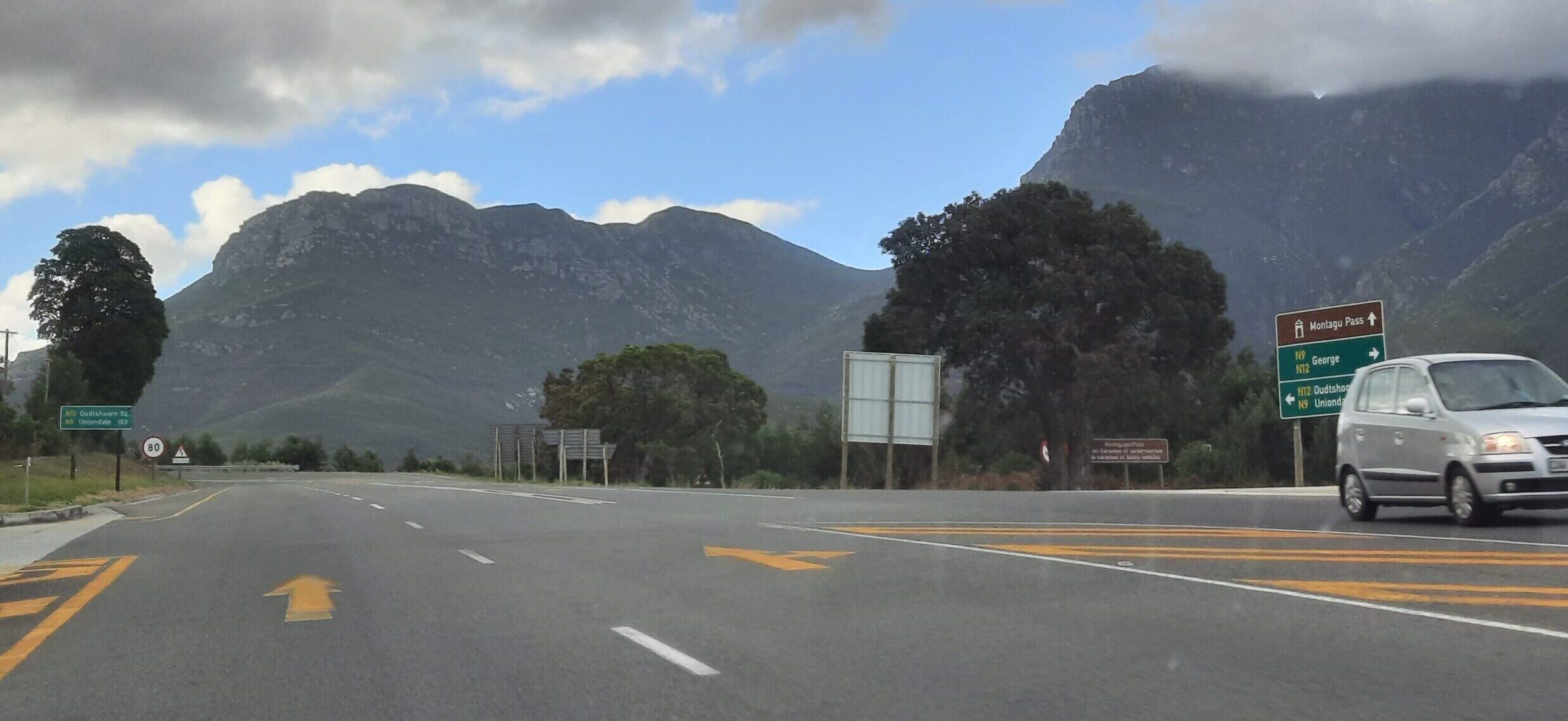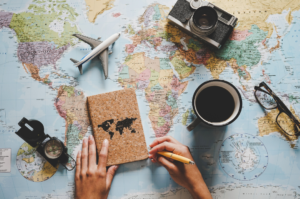If you’re reading this, then you’ve probably decided to take the plunge and explore the beautiful country of South Africa. Congratulations on your excellent choice! As locals, we are thrilled to be your virtual guides and share some insider knowledge with you.
Now, let’s get one thing straight – to borrow Forest Gump’s famous saying, “South Africa is a bit like a box of chocolates. You never know what you’re going to get.” But that’s part of the fun, right? One minute you could be spotting lions on a game drive; the next, you could be enjoying a chilled glass of wine on the east coast. And let’s not forget the braais, the biltong, and the boerewors rolls – South African cuisine is a feast for the senses!
But with great adventure comes great responsibility. Maybe that’s not how the saying goes, but you understand our point. South Africa has many languages, customs, and idiosyncrasies that can be daunting for first-time visitors. So, go ahead and read our list of tips to help make your trip an adventure to remember.
1. Plan Your Itinerary
Did you know South Africa is FIVE times bigger than the UK and TWICE as big as France? That’s right; we don’t mess around when it comes to size. We’re also nearly TWICE as big as the state of Texas! So you better believe that distances are no joke around here.
That’s why planning a road trip in South Africa is crucial. You don’t want to end up driving for hours on end with nothing but long grass and ostriches for company. With careful planning, you’ll be road-tripping like a pro in no time.
Remember, in South Africa, the journey is just as important as the destination. So sit back, enjoy the ride, and let the road take you to places you never knew existed.
2. It’s Better To Drive
Public transport can be about as reliable as our politicians’ promises, and flights are often pretty pricey. So, driving is where it’s at!
One thing to keep in mind is that we drive on the left-hand side of the road in South Africa. So if you’re used to driving on the other side, don’t worry – it’s like riding a bicycle, except the bicycle is a car, and the stakes are higher.
But trust us. The effort is worth it. Driving in South Africa is an adventure like no other. From the Garden Route’s rugged coastline to the Drakensberg Mountains‘ rolling hills, you’ll be glad you could enjoy each part of the journey instead of flying over it.
Fortunately, there are a variety of refreshment stops along the national roads in South Africa. There are many One Stops and Ultra Cities, where you can fill up with fuel and have a bite to eat.
Of course, some cities do have decent public transport, like the reliable MyCiTi bus system in Cape Town. But if you want to truly experience the beauty of this country, hitting the open road is the way to go. Pack plenty of snacks, water, and a sense of adventure – you never know what you might find along the way.
So crank up the tunes, roll down the windows, and let the South African road trip begin!
3. Stay Safe
While South Africa is a beautiful and welcoming country, it’s important to be aware of safety concerns.
- The crime rates in South Africa can be quite high, especially in urban areas. So keep a close eye on your belongings and avoid carrying anything too valuable with you.
- Don’t walk alone at night. Take a taxi or Uber service instead.
- If you’re feeling adventurous and want to go on a hike, don’t go alone.
- When it comes to money, don’t carry cash. Instead, use Visa or Mastercard for your transactions. It’s much easier to cancel a stolen credit card than to cancel a stolen wad of cash.
- Now, let’s talk about wildlife encounters. Yes, we know you want to get that perfect Instagram shot with a lion in the background, but please, read the sign boards in the game parks and never approach or provoke the animals.
- And for goodness sake, don’t feed them either. This isn’t a petting zoo, folks.
- Last but not least, carrying a first aid kit with you is always a good idea, especially if you’re venturing into the middle of nowhere. Hospitals may not be anywhere near you, and visiting public hospitals is not advised.
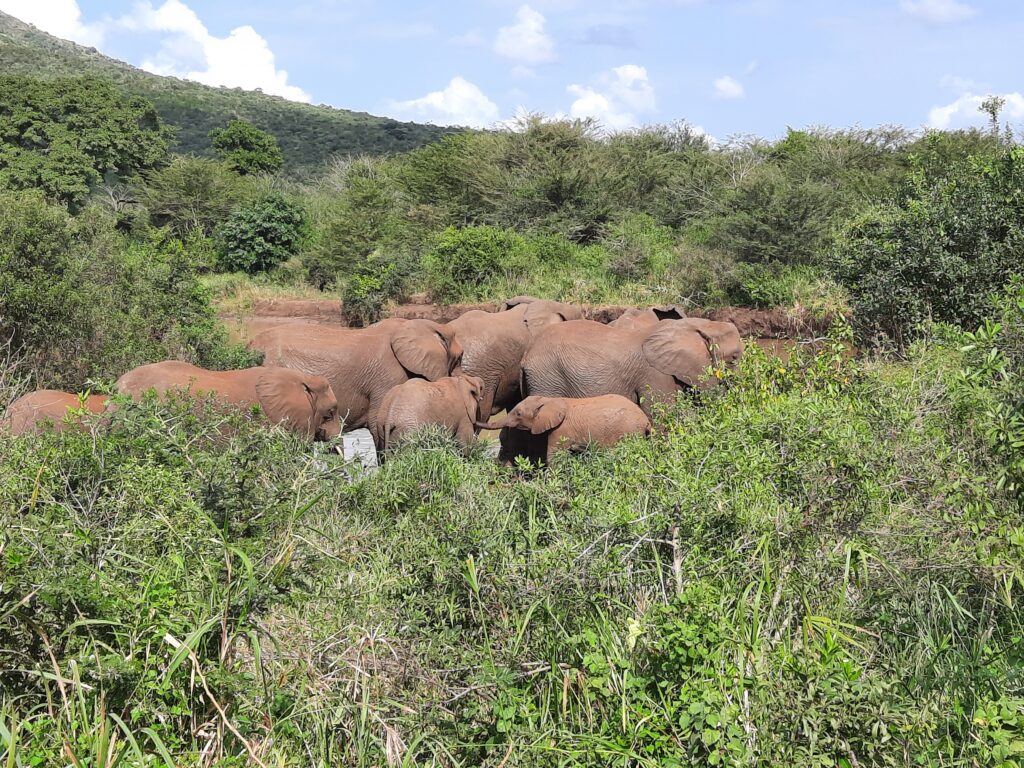
4. Do Your Research
Before you arrive, it’s essential to do your research about the country and its history. South Africa has a complex past, marked by colonization, apartheid, and the struggle for democracy. Learning about this history can help you better understand the country and its people in the present.
And speaking of the present, it’s also important to research the current political and social climate in South Africa. This can help you understand any potential safety concerns and cultural norms.
For example, did you know that tipping is expected in restaurants and for service providers? And that showing respect to elders and authority figures is a big deal?
South Africans are a friendly nation, and doing some homework before you come will only enrich your experience.
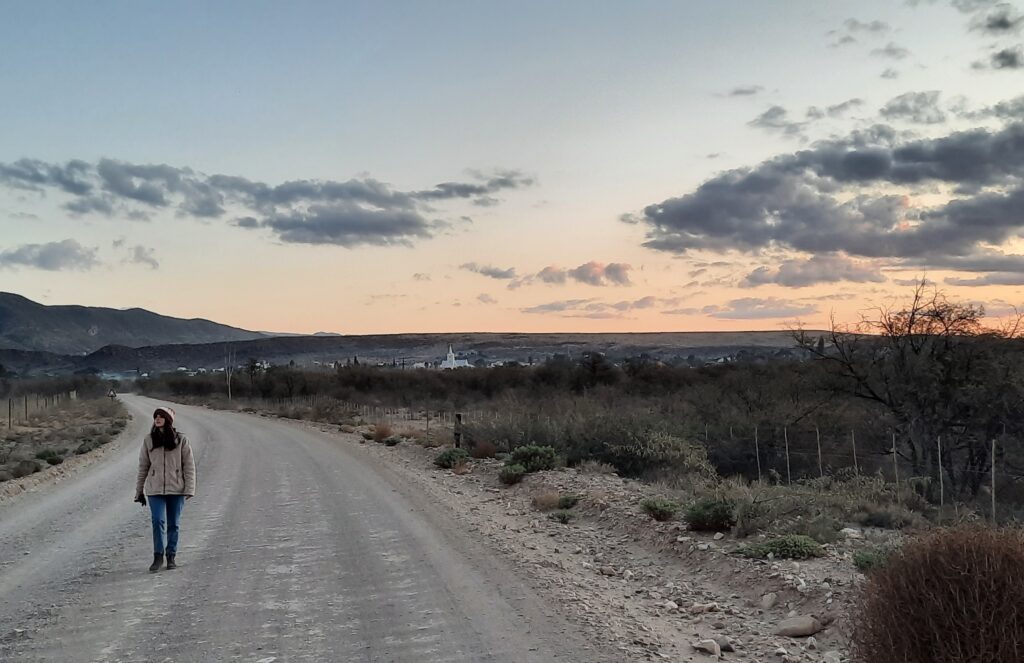
5. Take Guided Tours
Now, if you’re feeling a bit overwhelmed by all the safety concerns and history lessons, don’t worry. There’s a solution for that: guided tours!
Guided tours are a great way to explore South Africa while feeling safe and secure. You can find a variety of recommended city tours, walking tours, and guided hikes in our Toolkit. These tours are led by knowledgeable and experienced guides who can help you navigate the ins and outs of the country and show you the best sights.
6. Check The Weather
South Africa has a varied climate, with different regions experiencing different weather patterns. In general, the country experiences hot summers and mild winters.
If you’re visiting in the summer months, be prepared for hot temperatures and intense sun. Pack lightweight clothing, sunscreen, and a hat.
If you’re visiting in the winter, particularly in the Cape Town area, be prepared for rain and cooler temperatures. Bring warm layers, waterproof clothing, and even snow boots if you visit the Drakensberg Mountains.
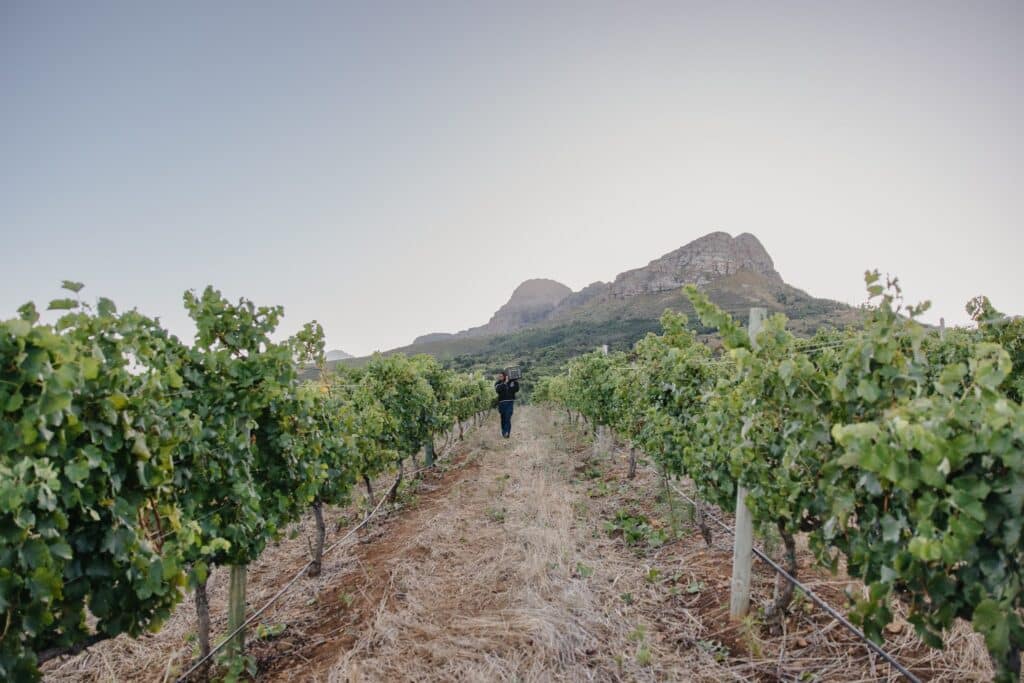
7. Try The Local Cuisine
Let’s talk about food! South Africa has a vibrant food scene that’s sure to tantalize your taste buds. And trust me, you won’t want to miss out on these local specialties.
First up, we’ve got braai, also known as barbecue. This is serious business in South Africa, so be prepared to indulge in some mouthwatering grilled meats. Next, we’ve got biltong, a type of dried meat perfect for snacking on the go. Don’t knock it until you’ve tried it.
And let’s not forget about bobotie, a spiced meat dish that’s comfort food at its finest. And if you’re feeling adventurous, you have to try bunny chow. No, it’s not a dish for rabbits. It’s a curry-filled bread that’s a local favorite.
Wash it all down with some of South Africa’s best wines. The Cape Winelands region is the place for wine-tasting tours and vineyard visits. Take your time sipping and savoring some of the country’s finest wines.
8. Factor In The Local School Holidays
It is useful to know when the local schools have their long breaks. South Africans also like to explore their own country and often head for the coast during the summer holidays in December and January.
The midyear holidays are three weeks, usually from late June to mid-July. Accommodation prices skyrocket during these periods, and holiday destinations are extremely busy. The roads are jammed with cars and taxis, which can be dangerous. South Africa has one of the highest road accident statistics in the world. It’s best to book outside of these peak periods if you prefer a quieter holiday.
9. Stay Connected

While it’s important to disconnect and enjoy your trip, it’s also helpful to stay connected to the outside world. This can help you stay informed about any potential safety concerns or changes to your travel plans.
Make sure to have a working phone with a local SIM card, or consider renting a portable Wi-Fi device. Many cafes, hotels, and other public spaces also offer free Wi-Fi.
10. Get Travel Insurance
No matter how careful you are, accidents can happen when traveling. It’s important to have travel insurance that covers medical emergencies, trip cancellations, and other unexpected events. Read the policy carefully and understand what is covered and what is not. Some credit cards also offer travel insurance as a benefit, so check with your card issuer before purchasing a separate policy.
Choosing a policy that covers your specific needs and activities while traveling in South Africa is important. For example, if you plan to participate in adventure activities like bungee jumping or shark cage diving, ensure the policy covers these activities. It’s also a good idea to always keep a copy of your insurance policy and contact information with you during your trip.
11. Check Medical Requirements
Depending on where you plan to travel in South Africa, taking specific medications to prevent or treat certain illnesses may be necessary. For example, suppose you plan to visit the Kruger National Park or other areas where malaria is present. In that case, taking malaria prophylaxis medication as your healthcare provider recommends is important.
It’s crucial to consult with your healthcare provider or a travel medicine specialist at least 4-6 weeks before your trip to determine which vaccines and medications you may need based on your individual health status and travel itinerary.
12. Water And Electricity Considerations
When it comes to water in South Africa, we take it seriously. We may not have an abundance of it, but what we lack in quantity, we make up for in quality. South Africa is a water-scarce country. Certain parts of the Eastern Cape have water restrictions, and visitors to specific areas like the Karoo must be careful about how much water they consume.
So when you’re visiting, please be mindful of your water usage. Don’t let the tap run needlessly; take short showers instead of hour-long soaking sessions. And if you find yourself in a water-restricted area, just remember that a little goes a long way.
Another thing is the electricity…there is load shedding at different times of the year, which means you can experience outages from 2 to 4 hours at a time. Some establishments have access to solar-powered energy, while others have generators. However, both are costly. Some places don’t have either.
.Here are some tips to help you cope with load shedding in South Africa:
- Be prepared: Check the load-shedding schedules for the area you are visiting and plan your activities accordingly. Ensure you have backup power sources such as a power bank or flashlight. Be prepared to adjust your plans if necessary.
- Stock up on essentials: Ensure you have enough food, water, and other essentials to last through a potential outage.
- Be patient: Remember that load-shedding inconveniences everyone in South Africa, not just tourists. Try to stay calm and patient, and be understanding of the situation.
- Embrace the experience: Load shedding can be an opportunity to experience South African life differently. Enjoy candlelit dinners or explore the outdoors during a power outage.
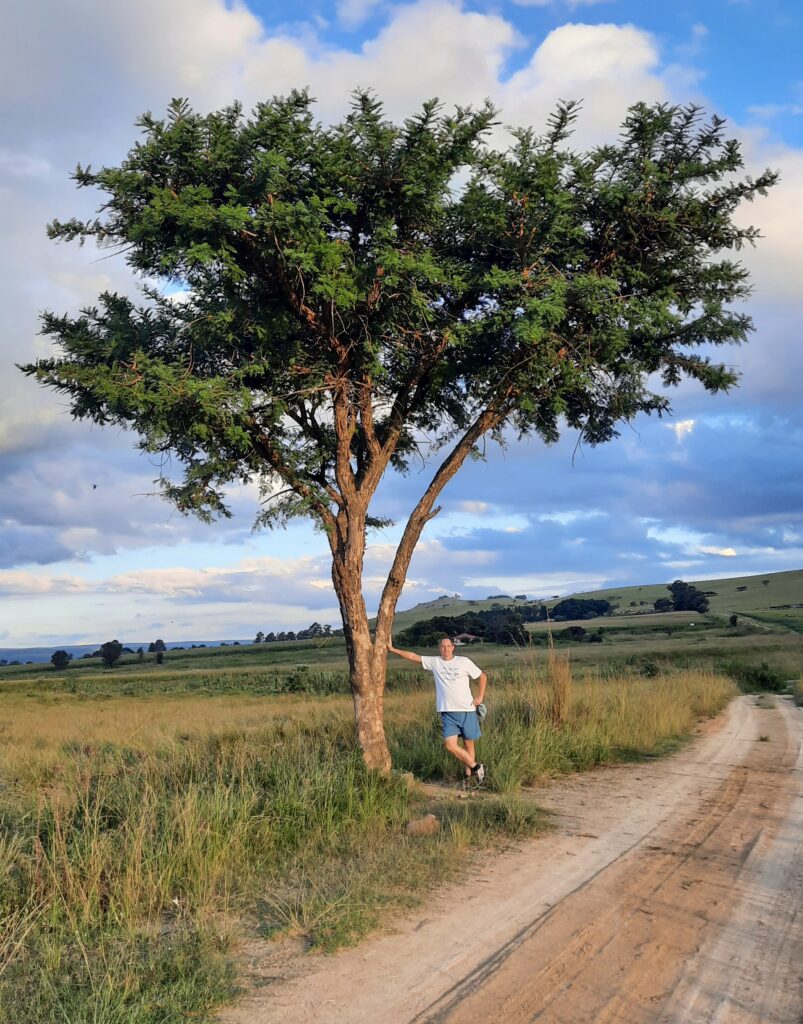
You are now ready to tour this beautiful country. Have a wonderful time!

